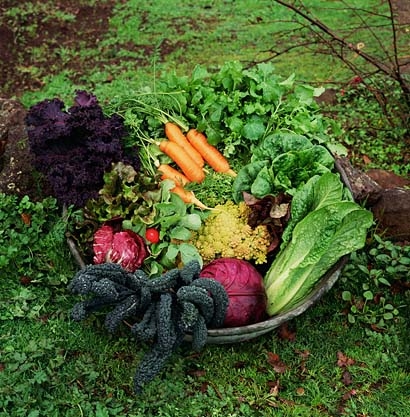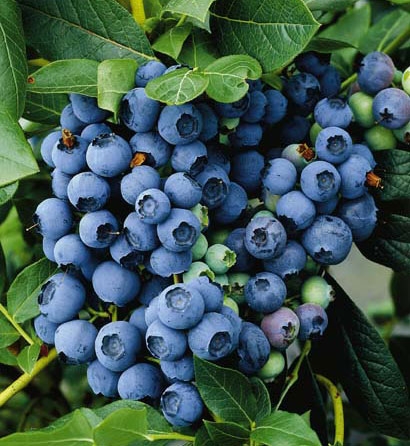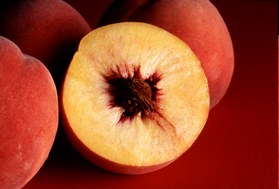What’s with all these false starts this spring? Warm and sunny one week, downright cold with drenching rains the next. As night and soil temperature warm, newly planted starts and seeds will grow quickly.
Remember that the cool season vegetables include beets, broccoli, cabbage, cauliflower, carrots, kale, lettuce, onions, radish and spinach. These don’t mind cold soil and chilly weather.
Crops that prefer night temps of 55 degrees and over but will tolerated an occasional light frost are tomatoes bell peppers, corn beans, squash, cucumber, muskmelon and pumpkin.
Distinctly warm weather, long season crops that need temperatures in the 70’s are watermelon, eggplant and chilies.

You can raise the temperature of the soil by laying clear plastic (not black ) over the surface. Protect plants at night with row covers, hot caps, cardboard boxes or anything that will trap heat during the night until temps are right for your crop.
Rotate the beds when planting your vegetables to avoid a build up of diseases and insects that can survive in the soil or on plant residue. Don’t plant the same or closely related vegetables where they grew in the last 2-3 years.
Pay attention to the watering needs of each kind of plant, otherwise you might plant high water use vegetables beside ones that need need less water. This can not only waste water but can actually harm plants. A good guidelines is to group plants by how big they get and how fast they grow. The bigger and faster they grow, the more water they’ll use. Plant heavy water users at one end of the garden, light users at the other. For instance, plant shallow rooted beets, bush beans, carrots, lettuce, spinach, radishes and other greens together as they grow at about the same rate and use similar amounts of water. Corn, cucumbers, melons, tomatoes and squash combine well as they all grow rapidly and need lots of water. Another tip is not to mix new (successive) plantings of carrots, lettuce and other crops with existing ones as water use changes as the plants mature.
Vegetables at maturity that root over 48" deep are tomatoes, watermelon, pumpkin, winter squash, asparagus, sweet potatoes, and artichoke. When watering wet your soil to this depth to keep them happy. Moderately deep rooting veggies ( 36"-48" ) are beet, beans, carrots, chard, cucumber, eggplant, muskmelon, peas, pepper, summer squash and turnip. Shallow rooting ( 18" – 24" ) veggies include broccoli, cabbage, celery, corn, garlic, lettuce, onion, parsley, potato, radish and spinach. Water less if your plants aren’t full grown yet.
Vegetables in containers are a great solution if you don’t have much space in the ground to devote to them. They warm up quicker in the spring, too. Just about anything that grows in the ground can also grow in a pot or half barrel. This includes vegetables, herbs and seven small fruit trees.
Small plants like lettuces, spinach, swiss chard and herbs grow nicely in smaller pots near the back door while large edibles like tomatoes, peppers, eggplant, squash, cucumbers and melons need more room like a half barrel or large 7 or 5 gallon pots.
It’s important to use fresh planting mix in your containers each year. Heavy producers need fresh nutrients and deplete the soil by the end of the season. Also feed your containers for the best tasting fruit and vegetables and water on a steady basis. Skip a day of watering when larger plants are at their peak and you can lose your crop. There’s no such thing as dry-farmed tomatoes in a container.
Growing plants is containers is low maintenance. No weeding required and one of the easiest ways to success.

 are roots don’t have to adapt to any differences between container soil and the soil in your garden. They are also cheaper to ship because the lack of a dirt ball makes them much lighter and this lightness makes them easier to handle and plant, too.
are roots don’t have to adapt to any differences between container soil and the soil in your garden. They are also cheaper to ship because the lack of a dirt ball makes them much lighter and this lightness makes them easier to handle and plant, too.  at fasted growing and most prolific of all summer squash, has many uses. Rather than bribe neighbors to take your giant zucchini, check the plants often and harvest them when small – the size of your finger . The flesh of these gourmet delicacies is soft and sweet at this stage.
at fasted growing and most prolific of all summer squash, has many uses. Rather than bribe neighbors to take your giant zucchini, check the plants often and harvest them when small – the size of your finger . The flesh of these gourmet delicacies is soft and sweet at this stage.  available for smaller yards and containers. Here are some good ones to try.
available for smaller yards and containers. Here are some good ones to try. et) after they have flowered and started to set fruit.
et) after they have flowered and started to set fruit. .jpg)